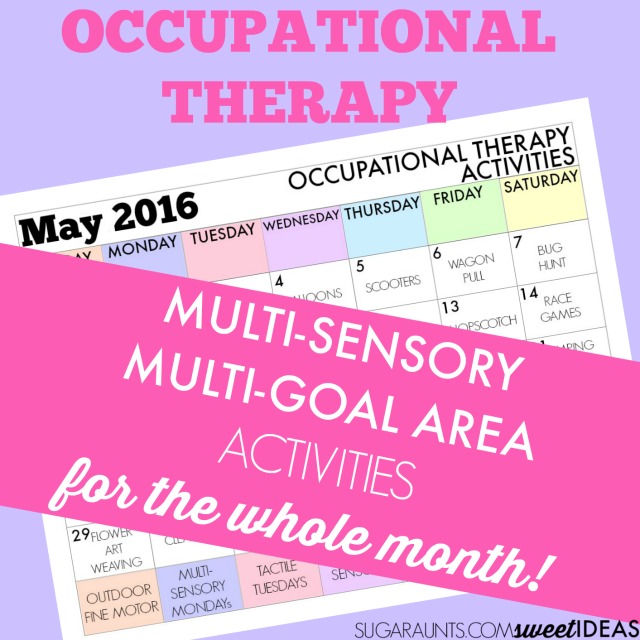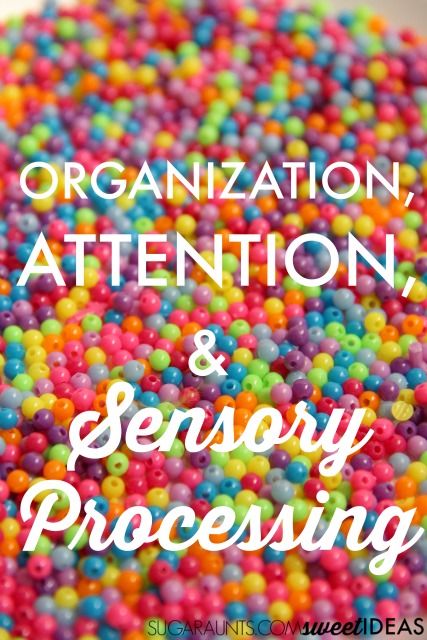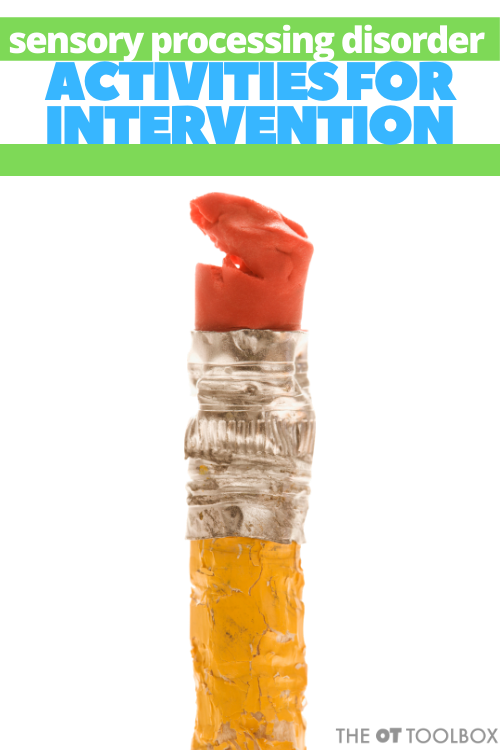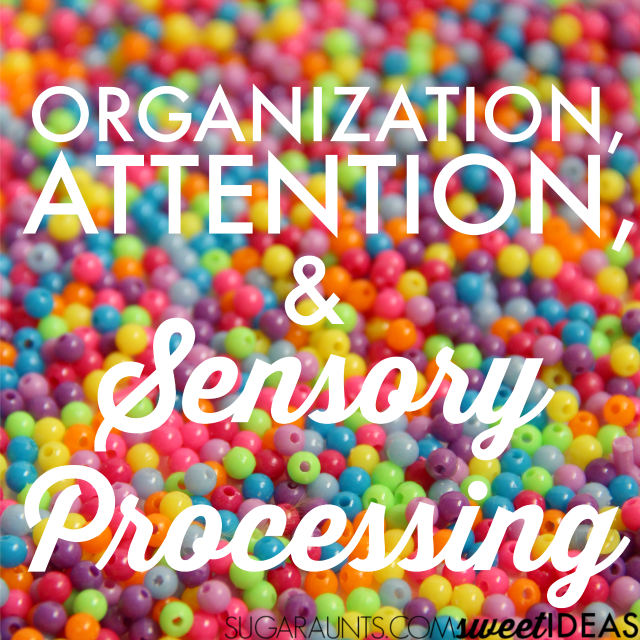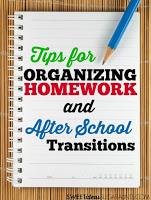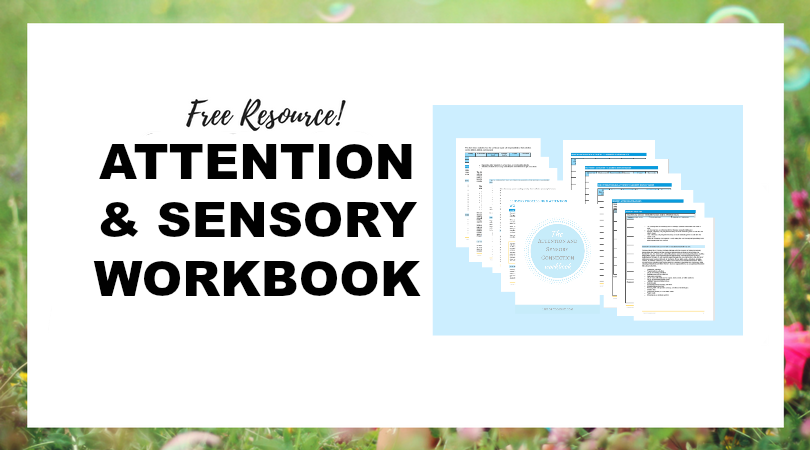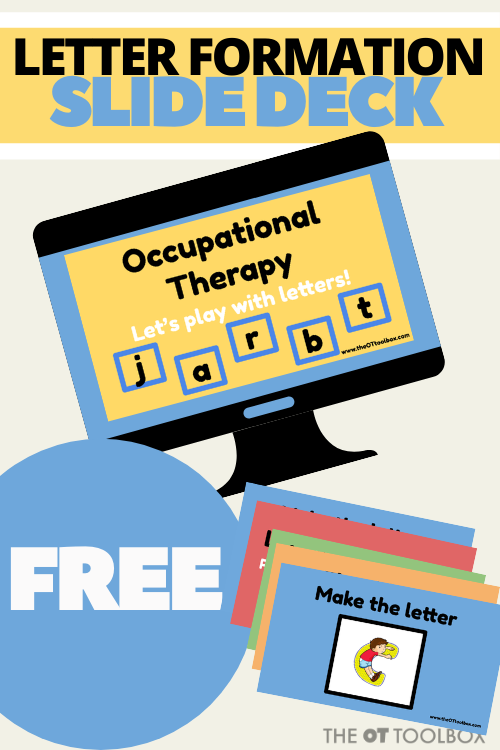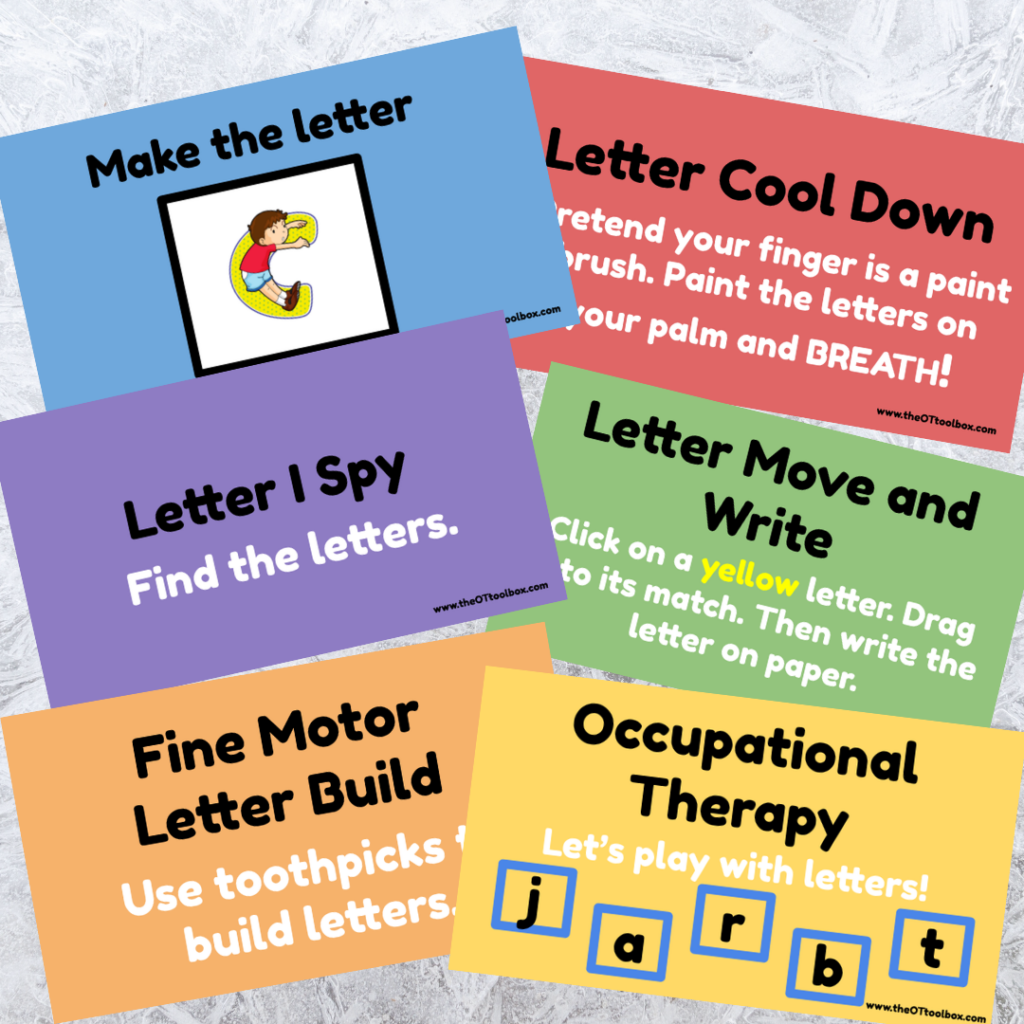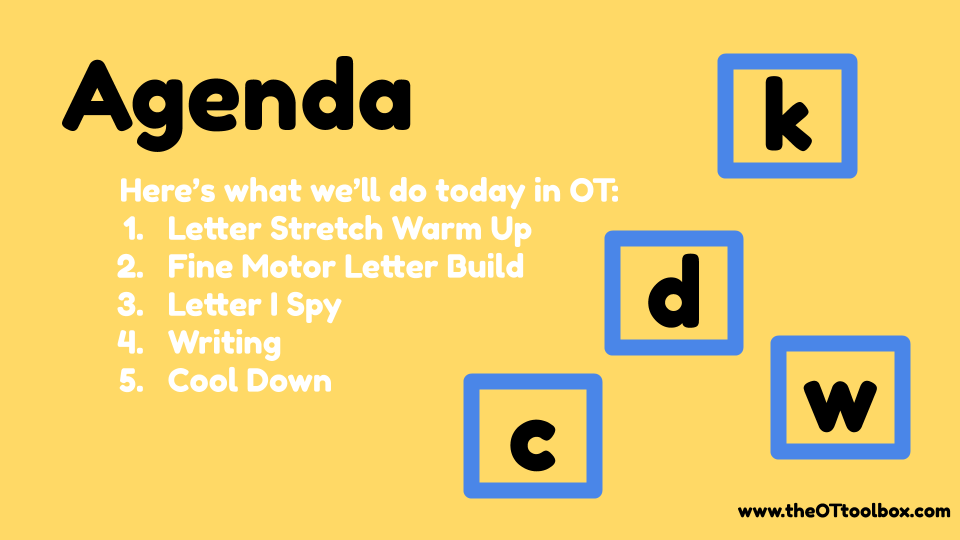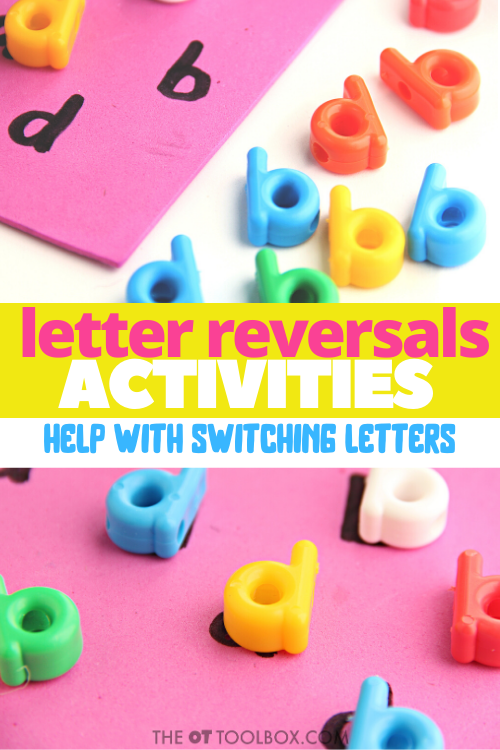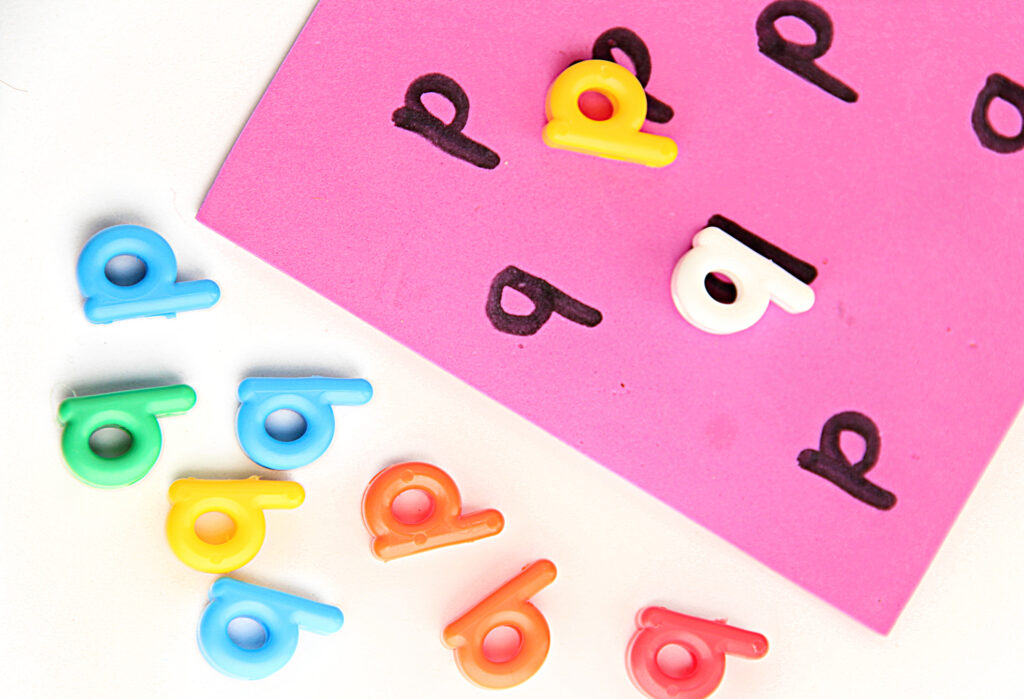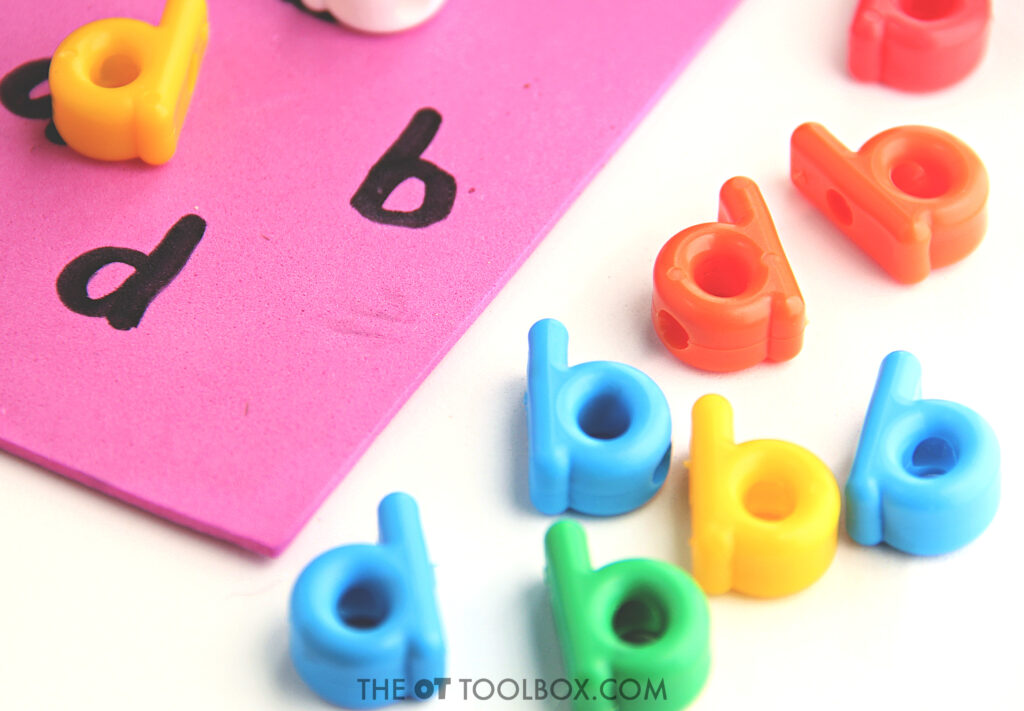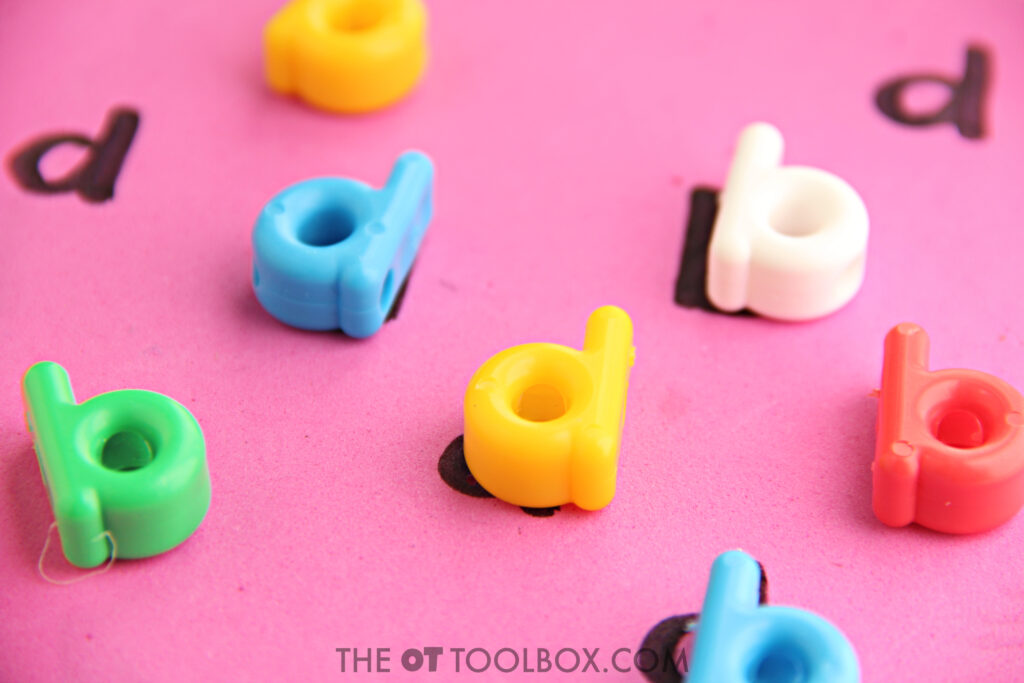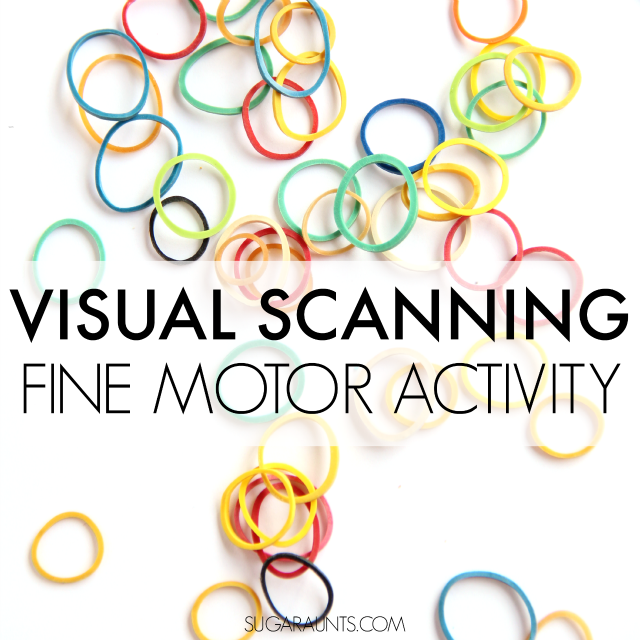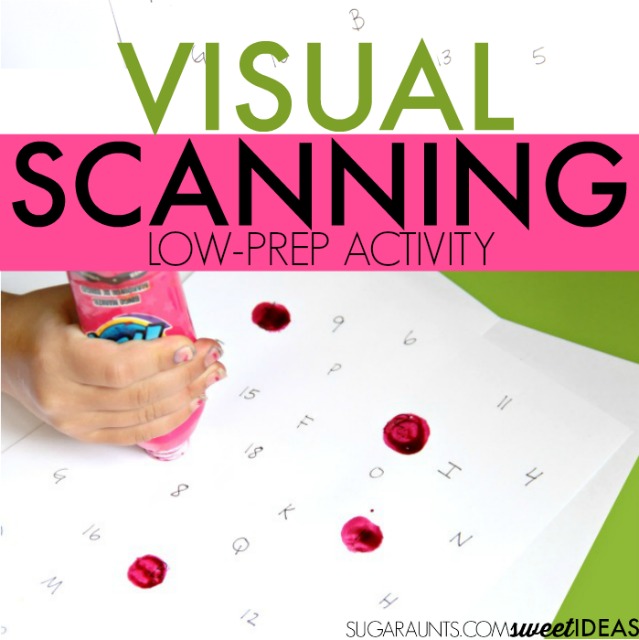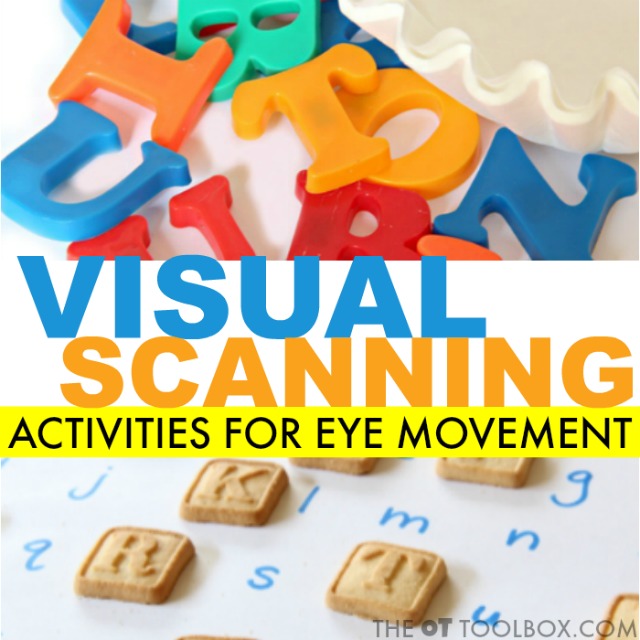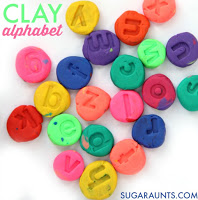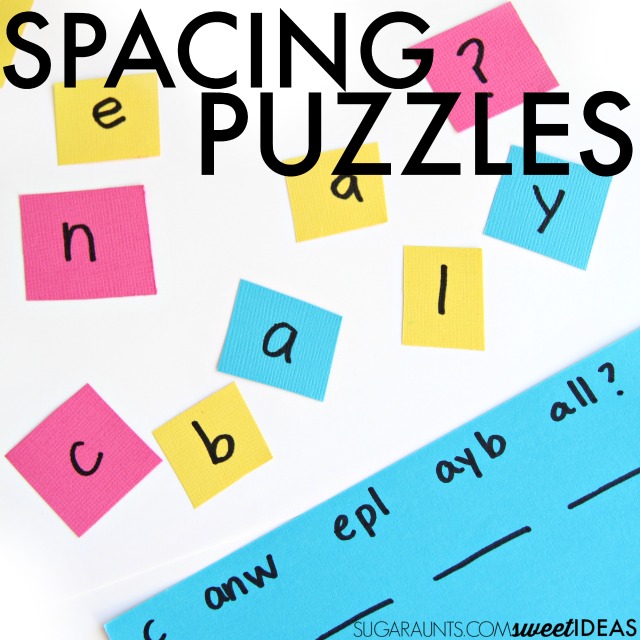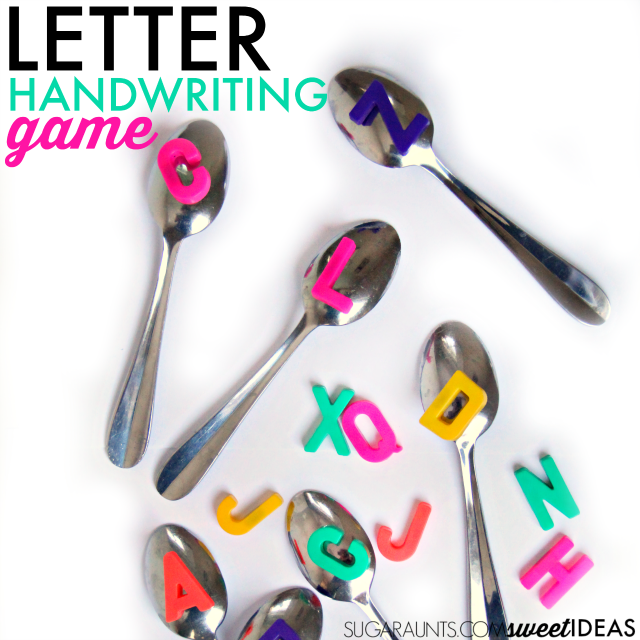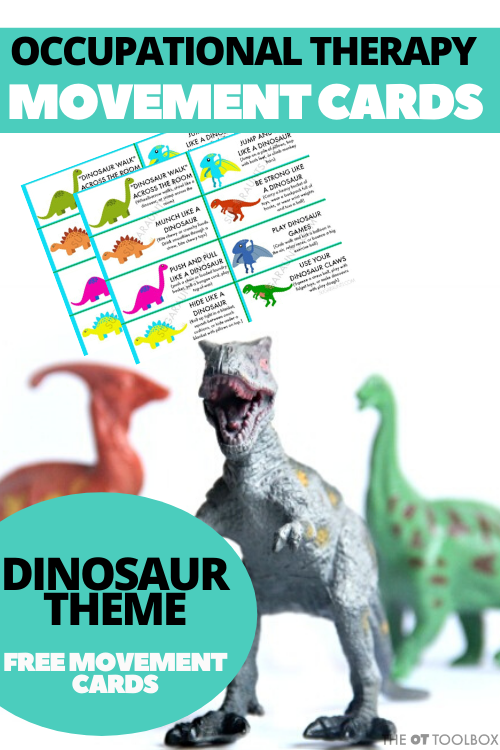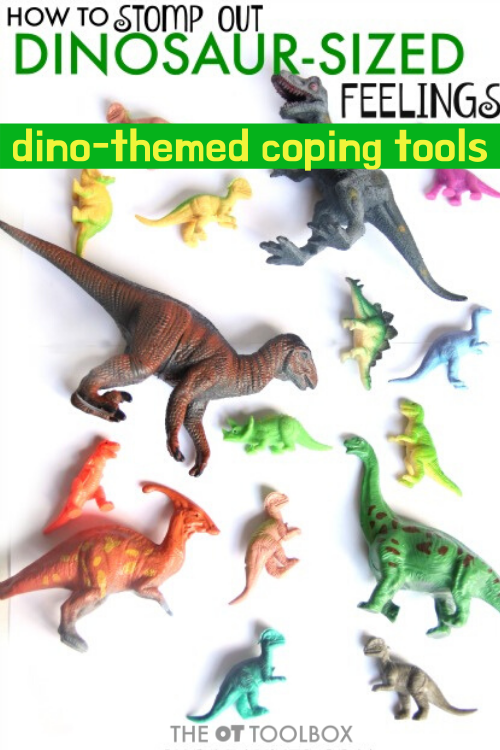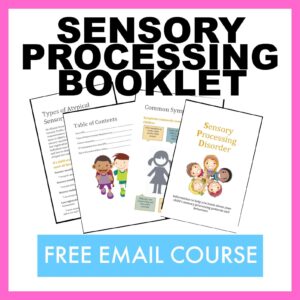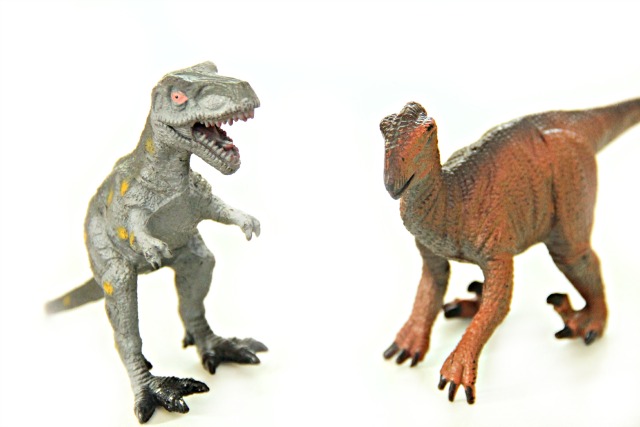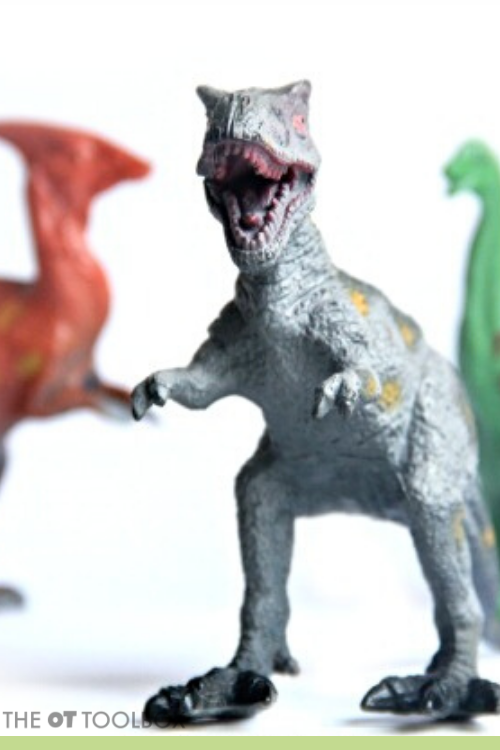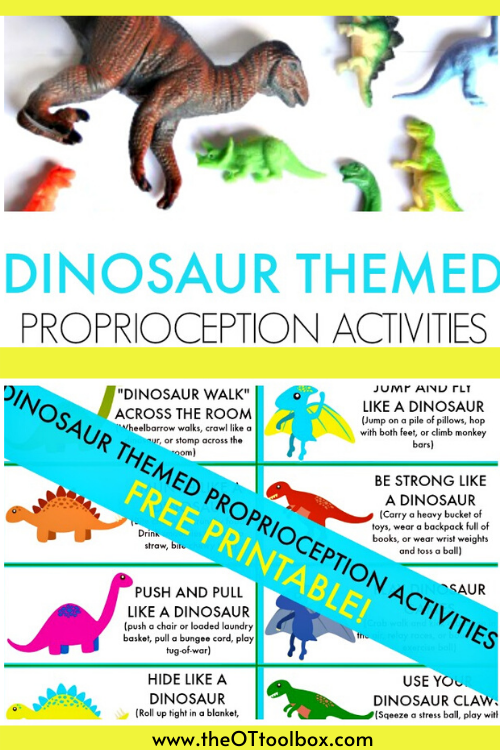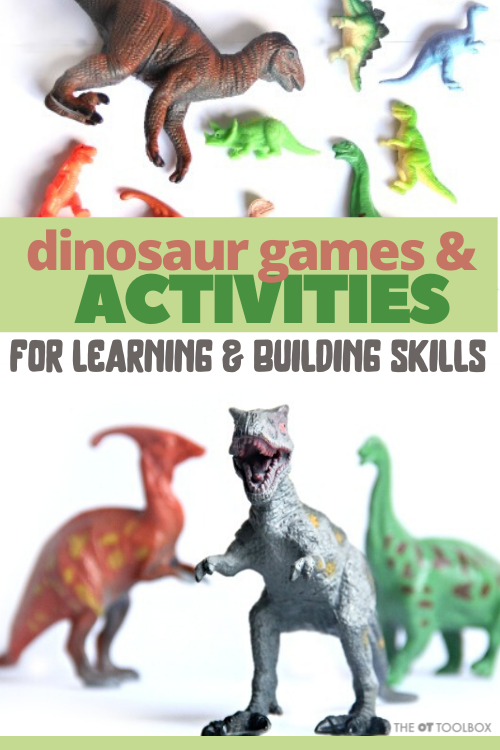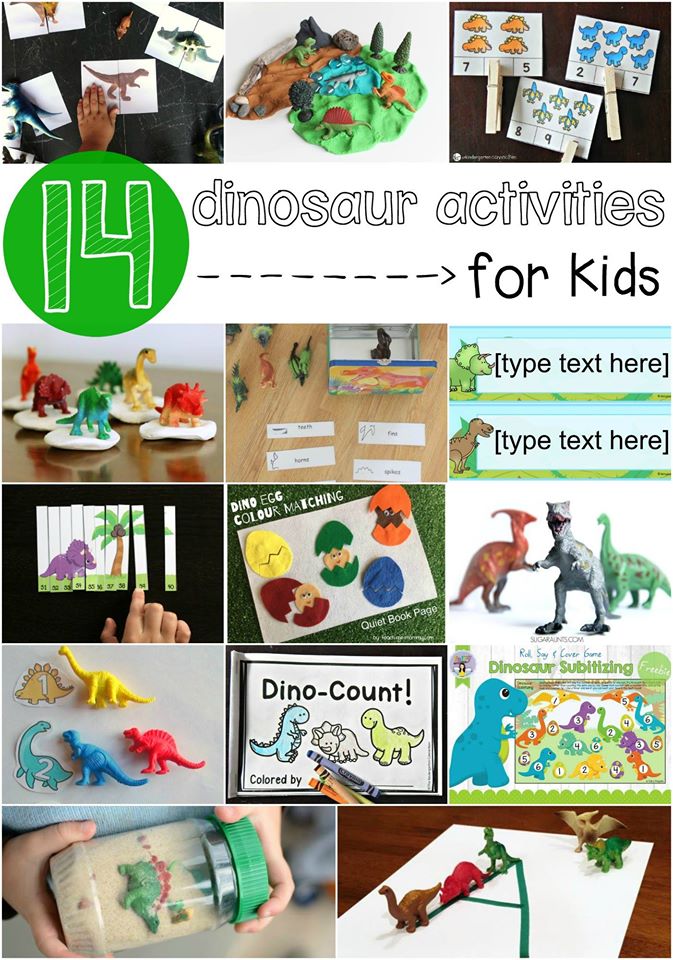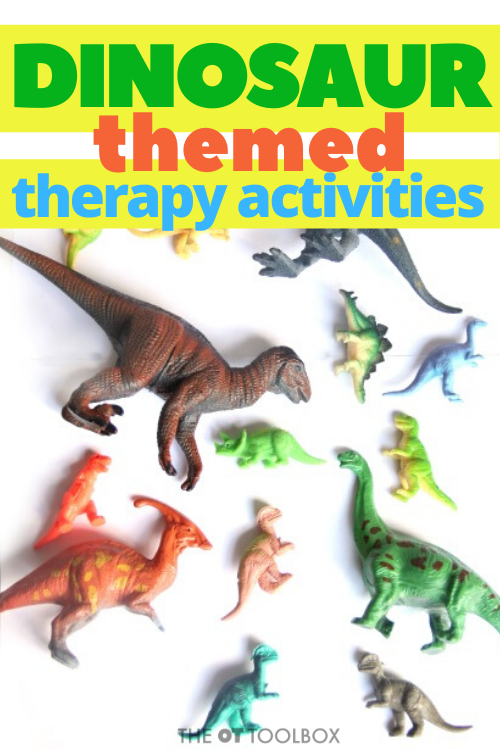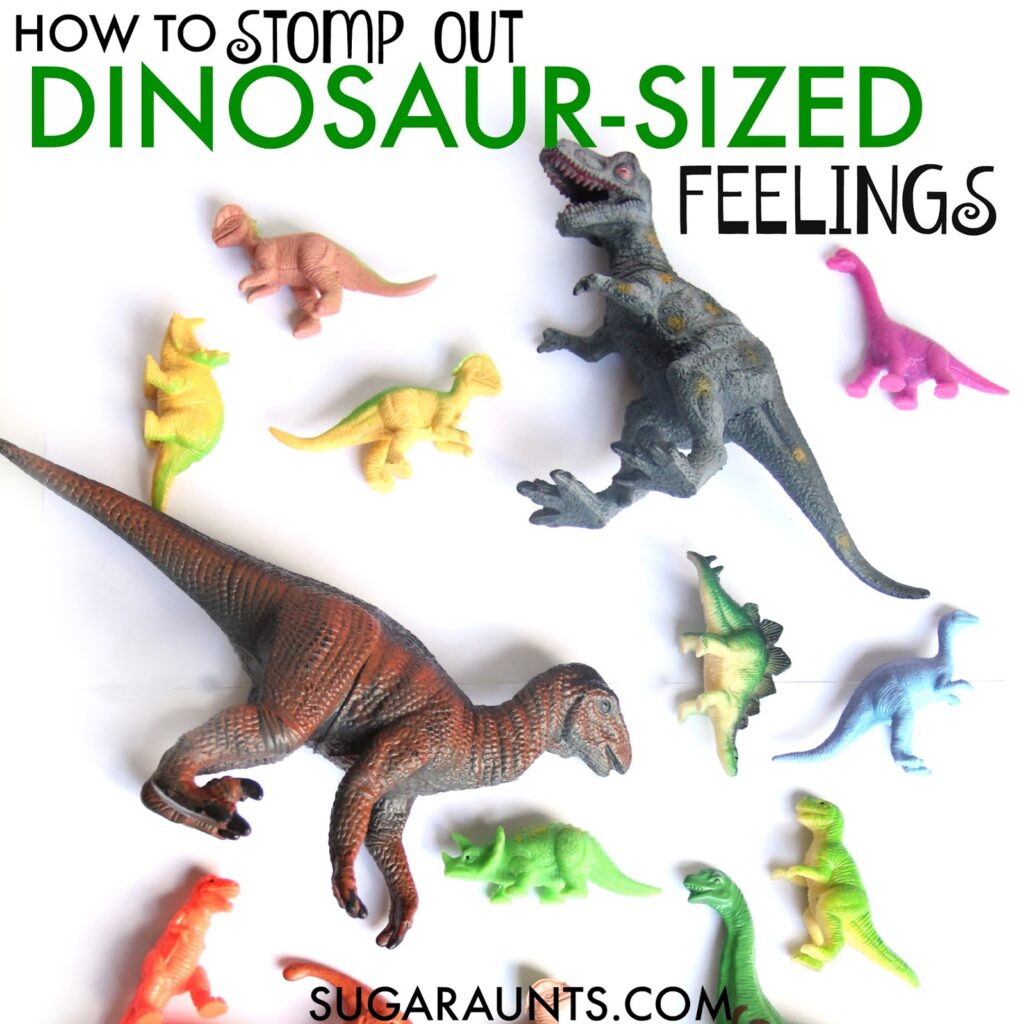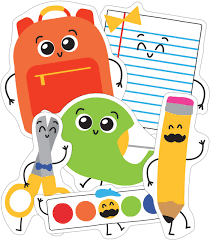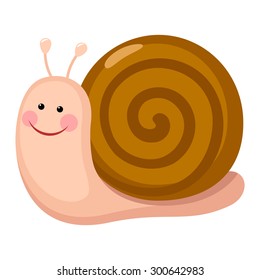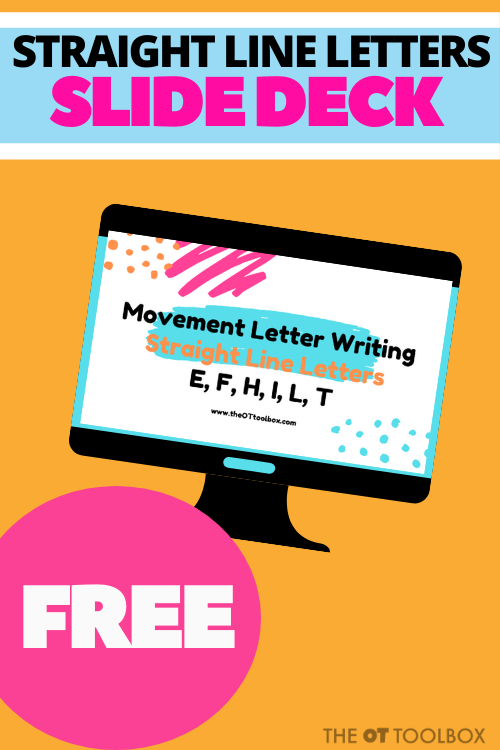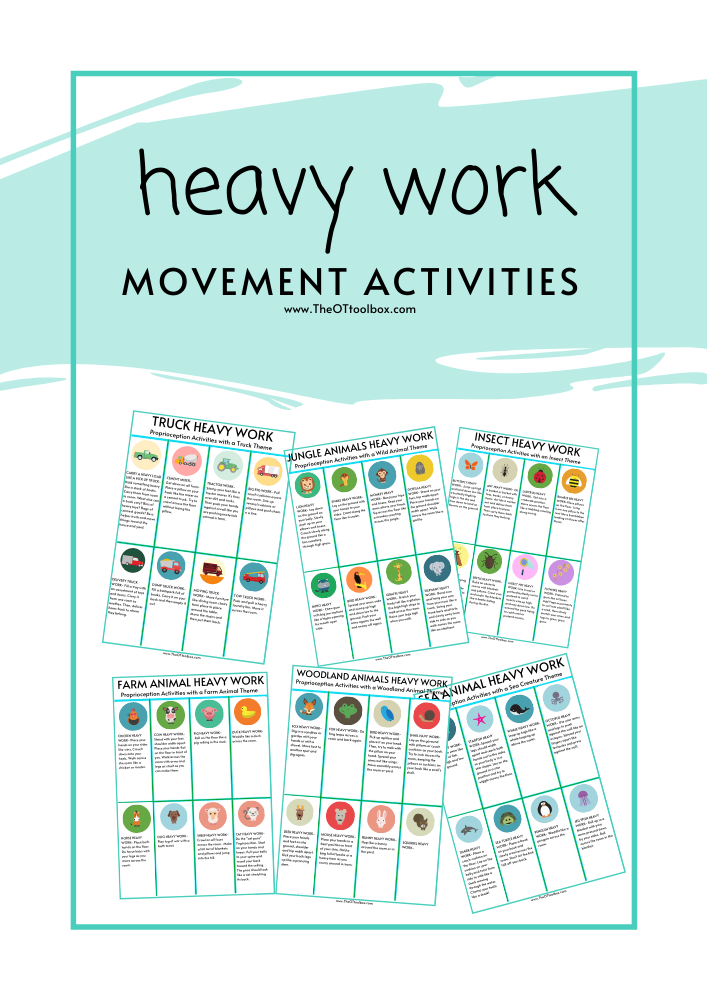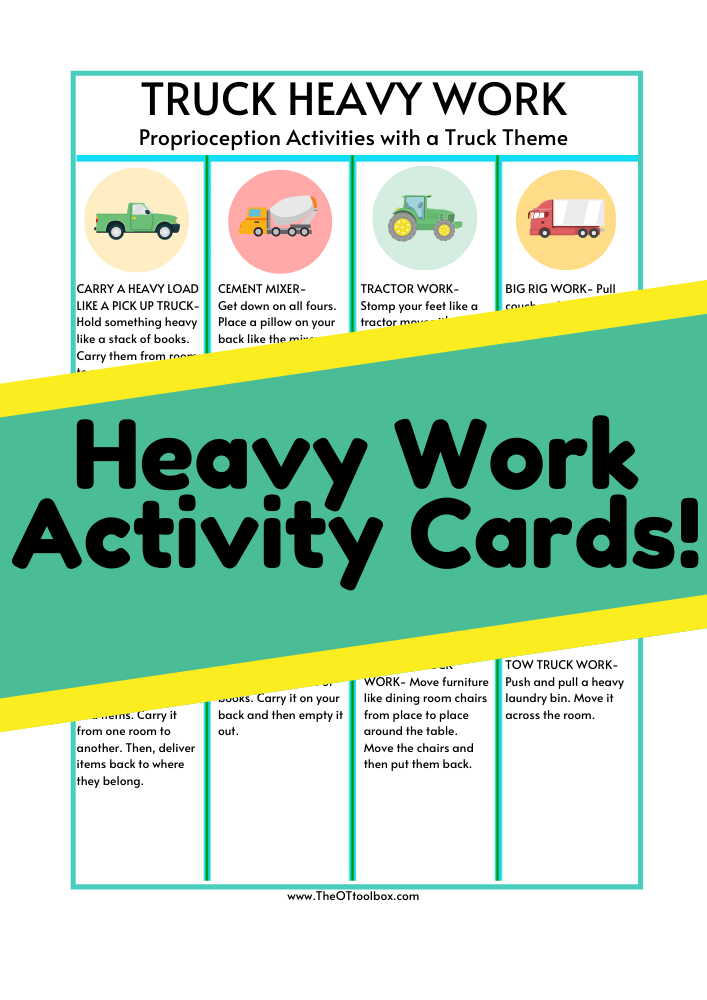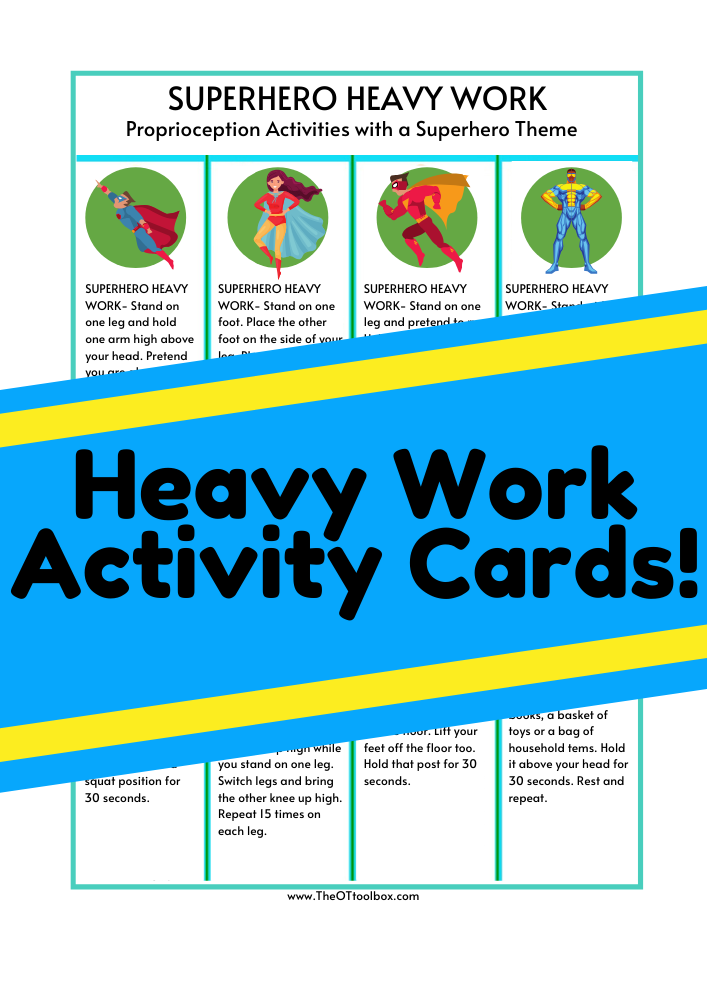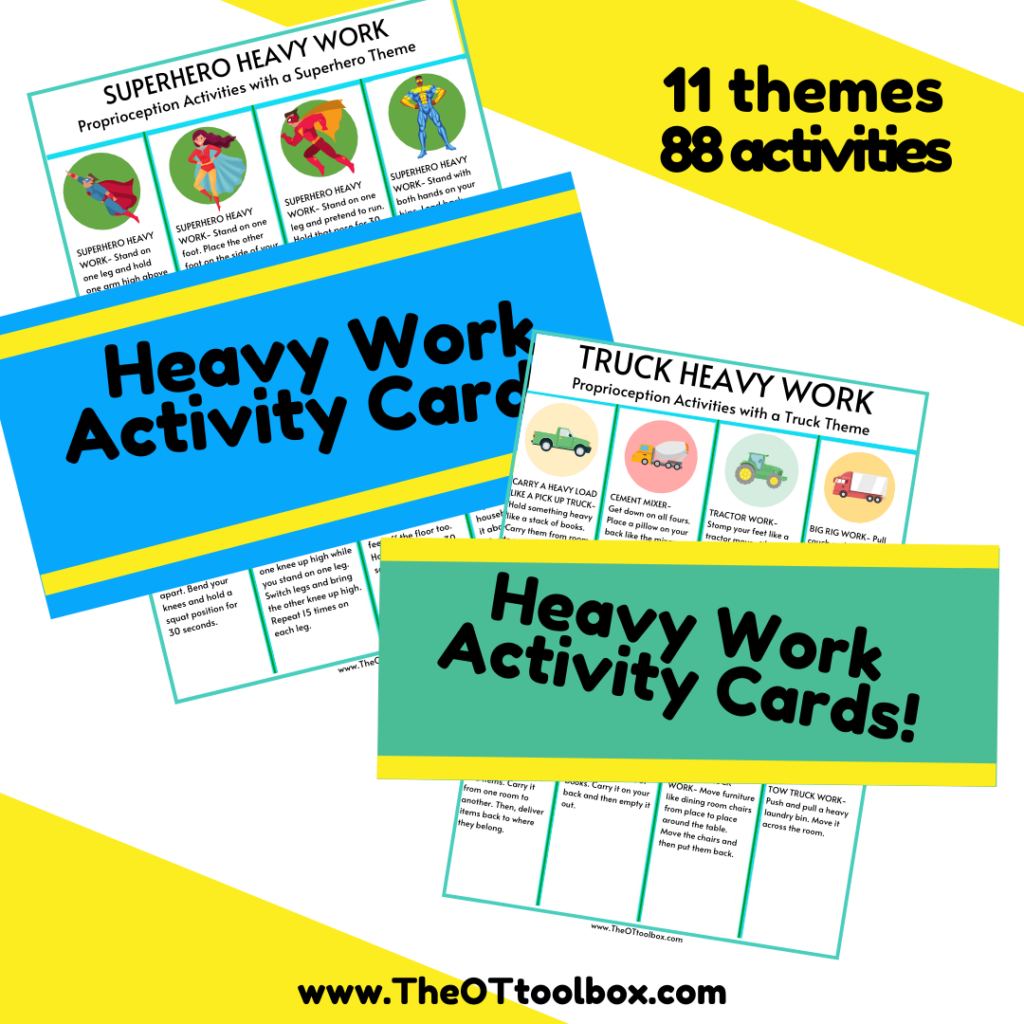Another month has flown by and another month of Occupational Therapy calendar ideas is here! May brings creative outdoor play, multi-sensory activities, and ideas that will help with multiple goal areas. I’ve tried to come up with activities that use very few items or supplies. Many of the activities in this May activity calendar require nothing! This is great for adding to home programs or teletherapy sessions, as most of the activities use items found in the home. You might have grabbed our Spring Occupational Therapy packet last month and those ideas will work for this month as well. You’ll want to get your May OT calendar and use the ideas listed here to add movement, development, and functional skills to the merry month of May!
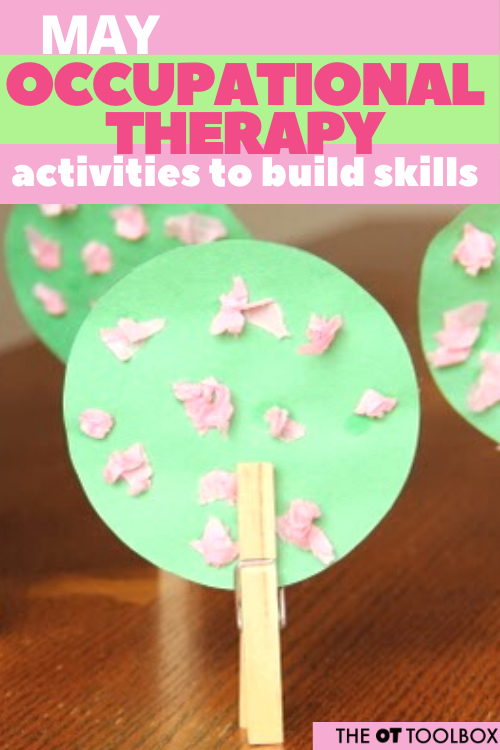
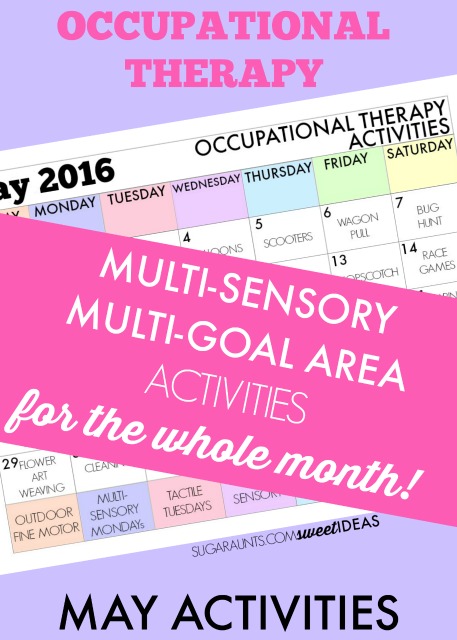
May Occupational Therapy Calendar
This month’s calendar is just a bit different than previous months. May brings a theme for each day, which is similar to April’s calendar of ideas, but this month is just a tad more themed. I’ve added a fine motor and gross motor day instead of strictly sensory based ideas. The best thing about this month is that each day’s activity can address many different goal areas. For example, an activity that falls on a Tactile Tuesday can work on bilateral coordination, visual scanning, and fine motor skills all while addressing tactile sensory tolerance through texture input.
Does a month of OT ideas sound like a great way to plan your days at home or do you need to add a creative spin to your Occupational Therapy clinic? This is the calendar for you! You can grab the calendar and all of the others by signing up as an email subscriber. (Email subscribers get access to a free library of printable resources.)
Be sure to get your Spring Occupational Therapy activity guide over in our store, too. This is a resource of over 90 themed activities that you will want to have in your OT back pocket!
Here are the activity ideas outlined in the May OT calendar
May 1- Flower Crafts for Kids– Use a flower craft or two to work on skills like direction following, executive functioning skills, fine motor work, scissor skills, and more.
May 2- Make a flower snack! Cooking is an executive functioning powerhouse. These simple flower-themed snacks are healthy options for kids AND build skills as they help out in the kitchen.
may 3- Dandelion Soup– As a child, do you remember making messy, muddy, FUN “soup” in the backyard? All you needed was a bucket, a stick, some water, and imagination. Toss in a sprinkle of grass, a scoop of dirt, some broken up twigs, and a mash of dandelion flowers. It’s a messy, sensory, creative, and down-to-earth play idea that builds skills. Don’t have dandelions? (I’m jealous!!) Use whatever you’ve got around the lawn…rocks, pebbles, leaves, flower buds, clover, etc. The sky is the limit with this activity.
May 4- Stickers! Here are 10 reasons why kids need to play with stickers. They really build the precision, eye-hand coordination, open thumb web space, separation of the sides of the hand, and so much more.
May 5- Scooters. If you have a scooter in your therapy toolbox, great. If not, no problem. Getting the benefits of prone extension in play can happen with a blanket on a hardwood floor, on a couch cushion, or by crawling through an obstacle course. Put on your thinking caps for out of the box prone extension ideas when a scooter isn’t available.
May 6- Head outdoors and try a DIY balance beam using what you’ve got. Here are outdoor balance beam ideas to get you started.
May 7- Hunting for bugs is a sign of Spring, and one way that play builds big-time skills like visual scanning, visual discrimination, figure-ground, and other visual perceptual skills. Head outside with a jar and go on a hunt for potato bugs, lady bugs, ants, and more. Then add this bug visual perception worksheet to the fun.
May 8- Grab some glue and some seeds for a fine motor workout. Don’t have a packet of seeds? No worries. Head outdoors and cut or tear up some grass. Then use it in this seed handwriting activity to build fine motor skills and eye-hand coordination.
May 9- Gardening is such an amazing experience for kids that build gross and fine motor skills, coordination, motor planning, executive functioning, and more. This post on sensory gardening defines specific aspects of gardening with kids and how to encourage sensory challenges and sensory diet activities within the garden. Don’t want to garden with kids? That’s ok…use play dough for a pretend play garden activity.
May 10- Kinetic Sand Dough is fun to make and even more fun to play with. Here is a 3 ingredient kinetic sand recipe. Use it in small word play and sensory bins.
May 11- Get the kiddos moving and creating with out-of-the-box creative painting ideas. If you have straws in the house, use them to stamp small circles on paper. Don’t have straws? try painting with string or yarn, pinwheels, toys, or one of these 25 creative ways to paint.
May 12- Got play dough? Use it to press Spring themed items for some fine motor, strengthening, proprioceptive, and body awareness fun!
May 13- Slides and swings…If you are lucky enough to have them in the backyard, head otudoors for some backyard sensory diet activities. If a backyard slide or swing set isn’t available, use an Amazon box to make a DIY cardboard car slide. This is a BIG time memory-maker with sensory benefits.
May 14- Grab some chalk and draw a hopscotch board on the driveway or sidewalk. Working on letter formation or number formation? Use the hopscotch boxes to work on letters.
May 15- Race games are a fun way to get the whole family moving. Here are more movement and sensory ideas for the backyard.
May 16- Tweezer seeds…Grab some tweezers or tongs and get those hands moving. After eating an apple, my kids used tweezers to dissect the seeds for some science fun that combined with fine motor skill development. But, if you need larger tweezers for your kiddo’s fine motor levels, try making a set of tongs using pencils or craft sticks like we did with this DIY tweezers activity.
May 17- Indoor obstacle course! Be creative with indoor movement. Use couch cushions, the broom, a jump rope…whatever is on hand. Kids can crawl under dining room chairs, over a line of laundry, or around a bundled up blanket cone. Here are monthly movement ideas for more themed activity ideas to add to your indoor obstacle course. These alphabet movement exercises can be incorporated, too.
May 18- Let’s make a sensory bin! There are so many ways to build a sensory bin using the items you’ve got on hand. Start with a sensory bin filler like grass, seeds, dry beans, rice, sand, pebbles, dirt, or other materials. These sensory bin ideas can get you started.
May 19- These Spring craft ideas can get you started on ways to build fine motor skills through crafts. The cherry blossom fine motor trees are one of my favorites!
May 20- Outdoor play is a huge skill builder for kids. Here’s what the research says about outdoor play in child development. For outdoor sensory activities that build skills, try the ones listed on these free outdoor sensory diet cards.
May 21- DIY parachute- Grab a fitted bed sheet and start parachuting. This is a great gross motor activity for the whole family. It works really well on a breezy day in the backyard, but can be done indoors too. Hold the edges of the sheet like it’s a parachute and play some parachute games.
May 22- Jumping jacks are just one of the gross motor activities on our Alphabet exercises, but you can make them fun by jumping jack to music. Try doing a certain number of jumping jacks when one person calls out a number.
May 23- Use the sand from the sandbox to work on fine motor skills. We poured some on the kid play picnic table and worked on pinching and dribbling sand through the fingers. Here is another way to work on fine motor skills with simple items like sand and sticks from the yard. Don’t have sand? Use pebbles, flour, or dirt.
May 24- Torn leaf art is a fun way to work on fine motor skills with kids. Cut petals from paper (or use real leaves and petals if you have them). Then work on tearing those petals into small pieces. Use those small pieces to create art by gluing them into shapes or even letters. Here is information on the ways that tearing paper builds hand skills.
May 25- Outdoor small world pretend play– When the weather starts warming up, it’s the perfect time to head outdoors with small toys and create a small world beside a tree. Work on imagination, acting out functional tasks, and talking through worries or stress using small figures. This is one of my favorite ways to play with my kids when they were smaller.
May 26- Chalk games and sidewalk chalk activities are not only fun, they are a powerful way to build hand strength in the arches, and upper body strength by getting down on the driveway or sidewalk.
May 27- Water flowers- have some flowers or potted plants in your yard on indoors? Spray them with a water bottle to give them a little water while working on hand strength.
May 28- Lawn games- Relay races, Red Rover, Red Rover, Tag, Hide and Seek, and other lawn classic lawn games for kids. Other ideas include: Kick the can, jump rope, Red Light, Green Light, Mother May I, Mr. Wolf, 4 square, Simon Says, TV tag, Sardines, Marco Polo, Heads Up/7 UP, Freeze dance, and others.
May 29- Flower weaving is a fun fine motor, bilateral coordination activity that builds motor planning, and planning skills. Use long pieces of grass or flowers with long stems and braid them, or entwine them into a basket or edge of a plastic bin. A laundry basket works great.
May 30- Nature seek and find- Set up a “real world” I Spy game using items found in the home or in the yard. Include toys, everyday items, or things found right outside in nature. Kids can work on visual scanning, figure ground, and other visual perceptual skills. Here is a real toy I Spy game we played many moons ago.
May 31- Outdoor forts are a fun way to move and build executive functioning skills. How can you use some lawn chairs and a sheet to create a fort in the yard? How can you attach several blankets to the dining room chairs. Building a fort (indoor or outdoors) is a fantastic activity for kids that builds many skill areas.
May Activity Calendar for Kids
Enter your email below to grab the free calendar for May’s activities for kids. Be sure to come back to this page to grab descriptions of all of the activities during the month of May.


